With this ongoing One Month One Camera (OMOC) project, I usually find that the camera I choose for the next month is strongly influenced by how the previous month went, and the camera I used.
Last month my Ricoh GR Digital III was the chosen one, and reminded me what a fantastic camera it is.
It also ticked my box of being able to deliver images straight out of camera without the need for any post processing, and is pretty much the definitive compact camera for me in terms of size, shape and handling.
With a compact camera, my comfort zone for focal length is 35mm. So returning to the 28mm prime of the GRD III, I thought I might find it a little too wide.
But it wasn’t it, it just makes sense for the camera, and again really confirmed to me what a masterpiece of design the GR range of cameras are.
No wonder they’ve been available in some incarnation since the 35mm film GR1 was first released back in 1996, 24 years ago.
So the key features floating around my head when considering March’s camera were photographs that needed zero processing, compact size and a wider than “normal” lens.
It’s been no secret too that I’ve greatly enjoyed Panasonic’s Lumix range of cameras, and of the five or six I’ve owned, there’s not been one I haven’t liked, especially the LX3, which rivals my Ricoh GRD III as my favourite digital compact I’ve ever used.
So after some research and stumbling, I found March’s camera.
Enter the Panasonic Lumix DMC-XS1.
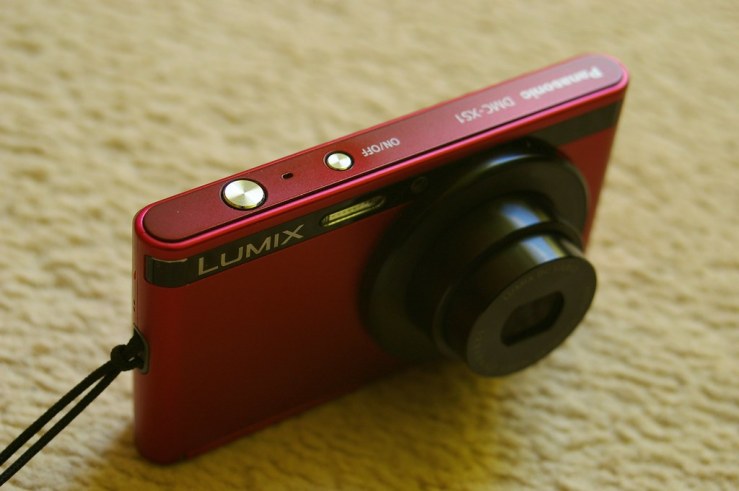
Here, the XS must surely denote eXtra Small, rather than eXceSsive, as this little Lumix is almost comically tiny.
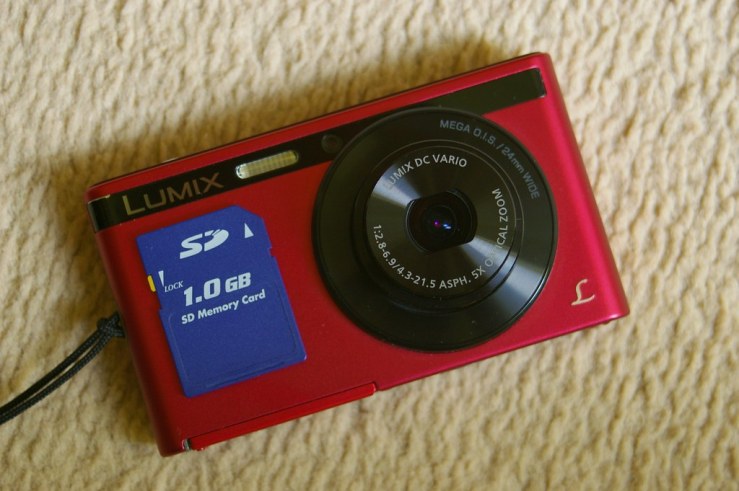
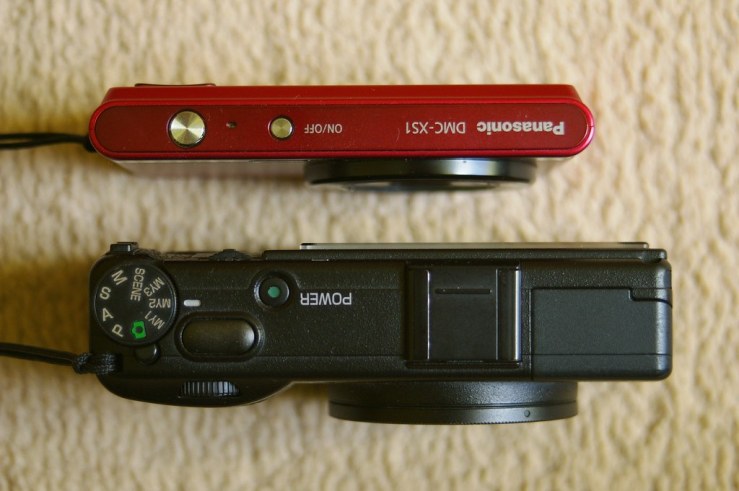
But before we get to the physical size, and how that impacts the camera’s handling (something always high on my priority list), let’s look at why I considered the XS1 an intriguing camera to seek out.
Dynamic Monochrome
One of the very best features of my Lumix LX3 (and indeed the Micro Four Thirds GF1 too) is the film modes, especially Dynamic Monochrome.
This is a colour(less) mode where the camera makes the image black and white and increases the contrast, giving me the kind of inky moody monochromes I love, straight out of camera, therefore bypassing any need for Snapseed tinkering afterwards, which I need for most cameras I use.
So I’ve been looking out for other Lumix cameras that have this mode, and this first drew me to the XS-1.
Rather than being called a Film mode, on the XS-1, it’s one of a number of “Creative Control” modes, which also include Cross Process, Toy Effect and Retro.
In fact the XS-1 reminds me very much of my Pentax Q in this sense, which has a host of very similar modes.
It set the tone for my expectations of the camera, with this emphasis on experimentation and fun, rather than perfect images, and exact colour renditions.
The lens
At 24mm at the wide end, the XS-1’s lens is wider than most compacts, and f/2.8 is decently fast too.
24mm is quite a step wider than the 28mm of the Ricoh GRDs, and an even more significant step from my 35mm standard I spoke about earlier.
But I’m always keen to find that balance between familiarity and experimentation, and this month it felt like time to lean harder towards the experimental end of the scale.
Close focus
At its widest 24mm, the XS1 focuses down to about 0.05m. Not ultra close the like 0.01m of the Ricoh GRD III, but intimate enough for 95% of my shots, if not more.
In fact at 24mm, because you have to get physically closer than say 35mm anyway, at its closest focus the end of the lens is virtually touching the subject anyway, so I’m not sure Panasonic could have made it focus any closer.
Super compact size
All cameras hold a certain magical charm for me, and even more so if they are so small you can barely imagine how the little things have room for all their organs to function, their hearts to beat, and their lungs to breathe. Metaphorically speaking…
The XS1 is 93.8mm long (little over 3.5 inches) and disappears in the palm of my (fairly small) hand.
Now of course there comes a tipping point on the size/handling axis, where a camera is simply too tiny to wrap your fingers around (like I do the fantastic grip of the GRD III).
Initially I thought about how to fashion a makeshift grip from foam and grip tape, like I did with the LX3.
But that misses the point of the XS1, and would not only make it bulky, but it would lose that sleek minimal profile.
So instead I thought about how, if I wasn’t going to physically alter the gripping surface of the camera, I could change the way my hands held it.
A reminiscence about the famous “Contax Grip” I learned when I had this beautiful Kiev 2a, clone of the Contax II gave me an idea, and after some experimenting I found a different way of holding the camera.
It’s actually very simple, I use the forefinger and thumb of each hand to clamp the camera at the extreme edges of the top and bottom plate, in the way you might hold a smartphone in landscape orientation if you’re watching a movie.
Then the tip of my right forefinger just rests on the shutter button, ready to squeeze to focus, then close it down fully to make the shot.
I still use a wrist strap to catch any slips, as with any camera, but this different grip seems to offer steady control and comfort.
Mega O.I.S.
Because I don’t like to use very high ISOs (and most of the cameras I have don’t go that high!), in lower light I’m often down to shutter speeds of 1/8s or less.
So having some help from the camera in the form of image stabilisation (O.I.S. = Optical Image Stabiliser) is very welcome. Especially with a camera that is so small and light it has no weight of its own to aid stability.
The photographs
So far the XS1 has pleasantly surprised me. I didn’t expect such a tiny camera to deliver absolutely stunning images, given the limitations of the sensor and lens size, and it hasn’t, but they’re more than adequate.
Plus the Dynamic Monochrome mode works a treat, meaning zero processing.
More to come in the next OMOC post, when I’ve used the XS1 a few more times.
What’s the smallest camera you’ve ever used?
Please let us know in the comments below (and don’t forget to tick the “Notify me of new comments via email” box to follow the conversation).
Thanks for looking.
What Next?
Share this post with someone you think will enjoy it using the buttons below.
Read a random post from the archives.
See what I’m up to About Now.
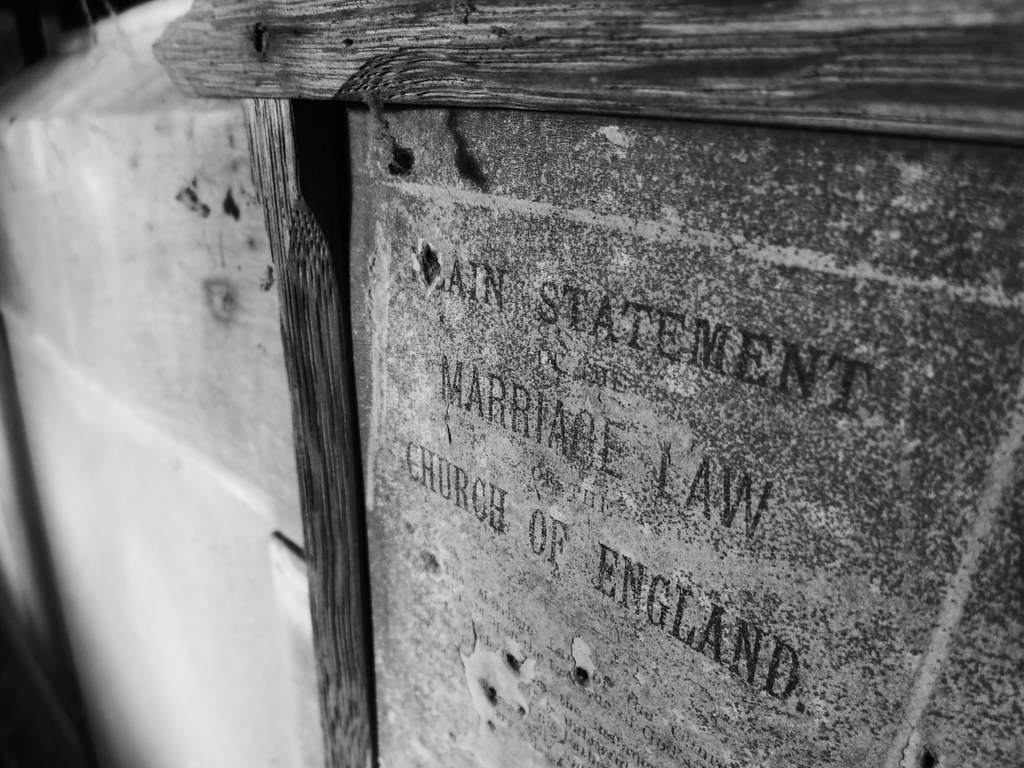
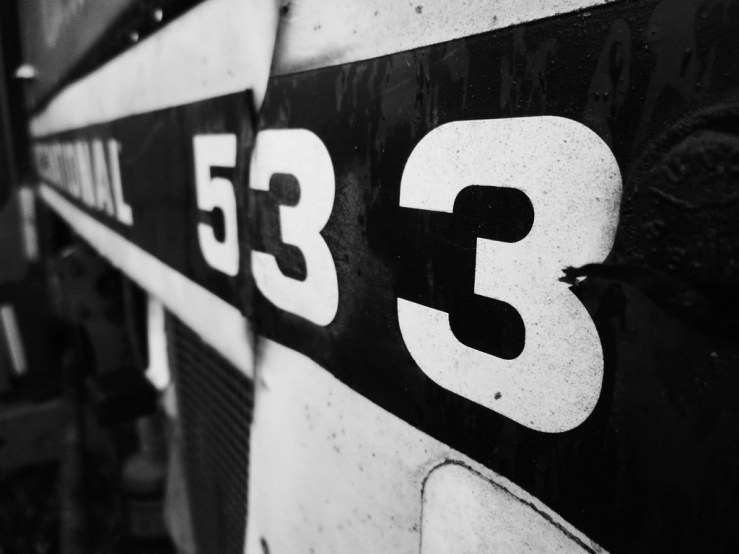
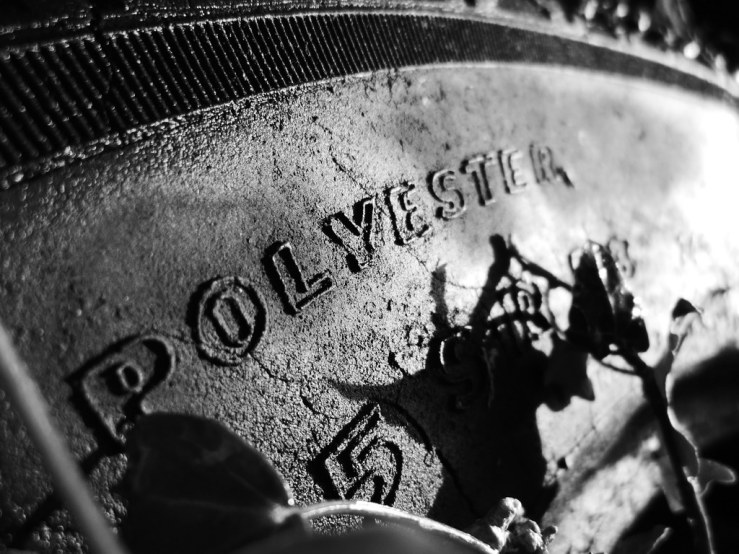
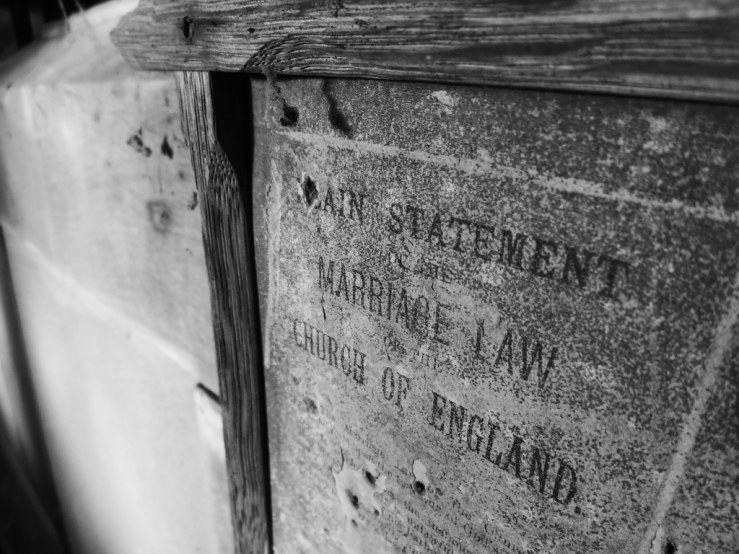

That’s a nice looking little trickster you got there Dan. No reason not to carry it with you when it’s this compact. I’m surprised by the b&w out of the camera images. I had a little Panasonic Lumix (forgot the number…) point&shoot a while back and enjoyed getting out of my comfort zone, trying something different. Out of camera images weren’t that great so i had to edit after and the delay after you press the shutter button is longer than normal but i enjoyed the practicality of it. It spent a few months in my pocket 🙂
Looking forward to your findings with this camera!
Yes it’s even smaller than a phone, in fact it’s about the size phones where before the smartphone, touchscreen era. Thanks for reading and commenting.
The smallest camera I’ve ever used is a Hit. Yes, I’ve actually shot film in one.
Coincidentally I am using my Lumix again. Its ergonomics are better than the Fuji, and of course it has that nice EVF that the latter camera lacks. I think I would have real trouble holding on to something as small as your XS1; the Fuji is pretty slippery.
I had to look up the Hit cameras, never heard of them before. How did the images come out? Did you develop the film yourself?
For me, ergonomics really goes a long way in how much I use a camera. You can have the most amazing lens and sensor, but if it’s awkward to hold and frustrating to use, I just won’t want to.
This Lumix has challenged my usual approach of holding a compact camera, as I said above, but the grip I’ve adapted to is working fine. I still have a wrist strap because as with any camera, sooner or later I’ll fumble and drop it!
Yep; tiny 16mm B&W roll hand processed in a pan!
I worry about dropping the small and slick cameras too. The big ones, not so much so. That’s kind of silly when you think about which would cost more to replace!
I dropped my K10D with a new to me Pentax-A 50/1.4 lens, after a neck strap failed. Aside from a substantial dent in the filter ring, the lens and camera seemed unscathed and went on to shoot many a satisfying image.
It’s more about build quality, than size I think.
I dropped a very light plastic Lumix lens from about half the height and it hasn’t worked since. They don’t make ’em like they used to!
I don’t really do small 😉 thought the Sony P200 is quite small for my standards.
That little Panasonic packs a punch. I did a little search on it and I’m pretty impressed by the kind of images that it is capable of – color or black and white. It’s from 2013 so it’s got one of the last CCD sensors to come out, I assume, and it also has all the newer processing power. How is it in terms of performance, is it pretty snappy or does it always take a couple of seconds to do anything like the early point and shoots?
I think you’re right Chris, it is one of the last CCD sensor cameras. 16MP, though I’ve set it to 10MP, as I don’t need the full size of 16. It’s certainly not slow in any way that impacts my use. AF is pretty quick, and although when writing an image with the Digital Monochrome filter on, it takes a second or two as the camera does its processing, it’s not noticeable for me, I never shoot fast moving subjects where I need multiple shots in quick succession.
I’ve used a few much earlier compacts that are slow to focus, slow to process, slow at everything. They’re almost like film! The XS1 is a much later camera and works pretty slickly.
Hi. This is the camera I want, I think. It’s easy to bring everywhere and it seems the settings are fairly simple? I’m very slow when it comes to figuring out mechanical gear even kitchen gadgets. I’m not great at #’s either but do you think it will work for taking photos of birds that I can identify- with my eye in a tree? thank you
The settings are super simple. On any of the creative modes, of which the Dynamic Monochrome is the one I’m using, it’s essentially auto everything.
There’s an even simple Intelligent Auto (iA) mode where the camera uses its specific scene modes, but even the standard mode it’s very simple to use.
I’m not sure how close you need to get to the bird, and how much you need to zoom. As with any digital compact, I wouldn’t recommend using them very zoomed in as image quality tends to drop significantly compared with at their widest (24mm with the XS1).
How far away are you when you take the bird pictures usually?
Dan about 60 to 80 feet. Like when you spot a bird in a tree, close enough to identify it, but I need the camera to show what I see with my eye. Wishing you well.
I was thinking, a good choice for you might be one of the Panasonic Lumix TZ series. I had the TZ2 and wrote about it previously – https://35hunter.blog/2019/03/25/one-month-one-camera-march-2019-ii-celebrations-and-limitations/
The lens goes from 28-280mm, which is plenty of reach from birds in a tree. The TZ3 I think was the same lens but with an 8MP, rather than 7MP sensor. The TZ4 and TZ5 look like they have a similar lens too. Then the TZ6 has a 10MP and even wider range 25-300mm lens. And is still a really small camera.
If you don’t mind a significantly larger camera, then bridge cameras like the FujiFilms (I have the S7000 which goes from 35-210mm and is capable of some really special images with its combination of Super CCD sensor and lens) would be a good choice. But they are physically more like a small DSLR, not something you can put in a pocket, if that matters to you. Subsequent models extended the reach further, like the S8000 with a 27-486mm lens. My S7000 cost me about £12, I guess the S8000 would be more, but of course it depends where you are and what you have access to.
It is so small! I admire it as a feat of engineering : ) In digital my smaller camera was a Sony WX80, in film is a Fujifilm DL Super Mini. 24mm is a focal length I prefer over 28mm as the perspective gets more exaggerated, I got a film ricoh gr10 (if I am recalling well the name) but it is not working, but with I paid for it in a thrift store I am happy to at least study the ergonomics.
I know what you mean about the exaggerated perspective, I like this about 24mm too. I know some people take pictures with wide lenses then use Photoshop or whatever to flatten out any distortion, but I like it there as part of the character of the camera/lens.
I had Ricoh R1 and R10 film cameras, both worked, but with faults. The ergonomics are fantastic though, and haven’t changed much through to the digital Ricoh GRs like my GRD III, and indeed the latest model, the GR III.